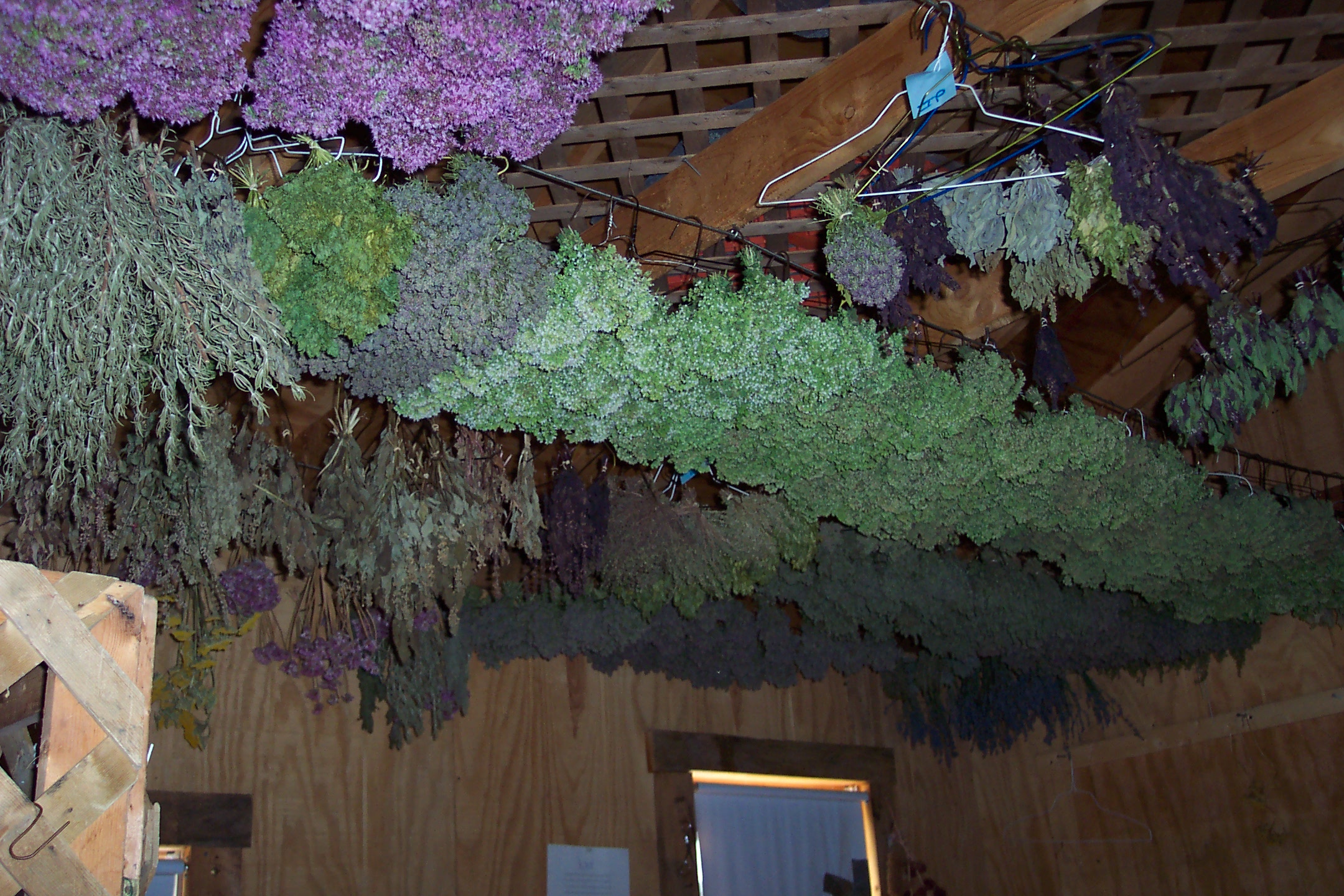
While relaxing the other night, I was browsing through a gardening book that promised to make the reader a “complete gardener”. Like so many other books of the genre it was neatly divided into sections entitled annuals, perennials, vegetables, etc. I was surprised to see one section devoted to lawns.
I know there are many people who take great pride in the appearance of their lawn and go through great effort and expense to make it just so. I do not. In fact, I would be quite happy with just garden beds separated by pathways of wildflowers and no lawn at all.
Yet we do have sections of lawn here at the farm, but not by choice. We have never planted a single grass seed, but the grass appeared as if from nowhere. Of course it’s the deep rooted weeds such as dandelions and plantain that first appear on razed ground, but somehow soon afterwards, the grasses begin. After a few mowings more and more grasses appeared and before long the beginnings of a lawn. The unwanted chore of mowing it from May to October is the only effort I will ever put into a lawn. Period.
Actually I regard grass as my enemy. I should qualify that statement by saying all grasses that spread by underground runners are my enemy, for they are always invading the garden beds. There are many types that go by many names such as witch grass or crab grass – you know the ones I mean. They’re evil. If they’re allowed to spread unchecked they’ll destroy a perennial planting in a lot less time than it took to establish it.
Grass is my enemy. That is why one of the early rituals of spring here is “grass wars”. I arm myself with a garden fork and wage war with any grass so bold as to invade the garden beds. It is not a war that I am winning at the present time. I’ve had to surrender some territory to the enemy, but am holding my own on all other fronts.
Hoeing just doesn’t seem to be enough to stop it. Only by lifting the grass, shaking off what soil you can and throwing it where the sun can dry it up seems to conquer the foe. This means a lot of work, but there are some techniques that make it less strenuous.
After the growing season I rake the soil at the edges of the garden beds into the center of the beds. I then fill the voids at the edges of the beds with leaves. (I actually cover the whole bed with leaves to protect the soil from erosion). If you haven’t enough leaves then a ride to town where many kind people bag theirs and put them at the curb can supply you with more. This won’t keep all the grasses from the beds, but it makes it easier to remove them and has the additional benefit of enriching the soil. I also rake all the fallen leaves against the outside of the beds and don’t bother to remove them. This is unattractive of course and may well blow around, but it hinders the grass growing into the beds and that’s just all right with me.
There are many native grasses and non-natives as well that form thick clumps instead of running rampant. I’ve transplanted these along the outside of my perennial beds and found that spreading grasses do not penetrate through them. They’ve proven to be an ally and are attractive as well. Doing this with clover works well, also..
Well, it’s time to put down the pen and pick up the garden fork and try to reclaim some of the garden I’ve lost to the grasses.
May your garden grow and your lawn stay where it belongs!
© 2024 Northeast Corner Herb Farm. All rights reserved. Made By ADK Web Solutions